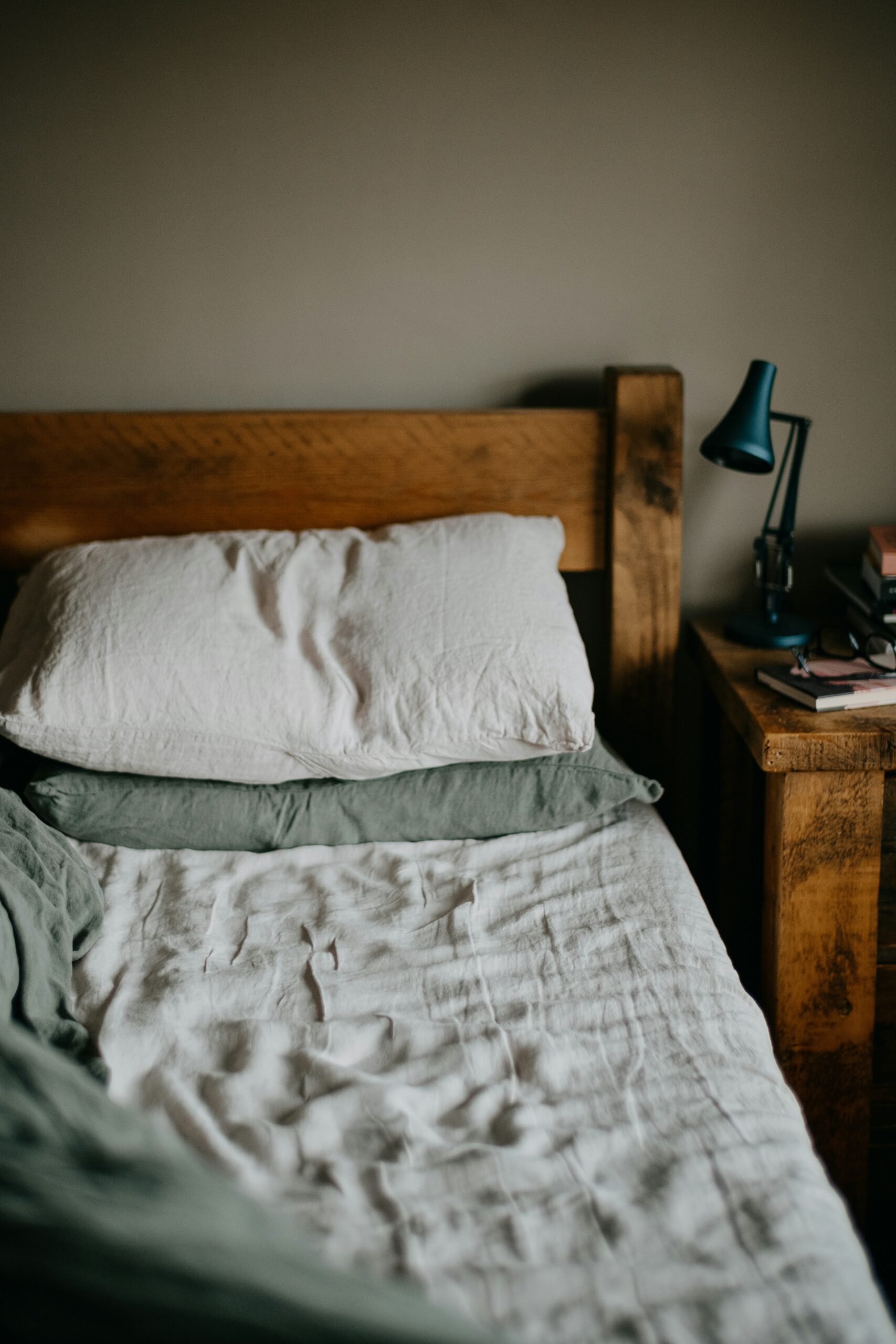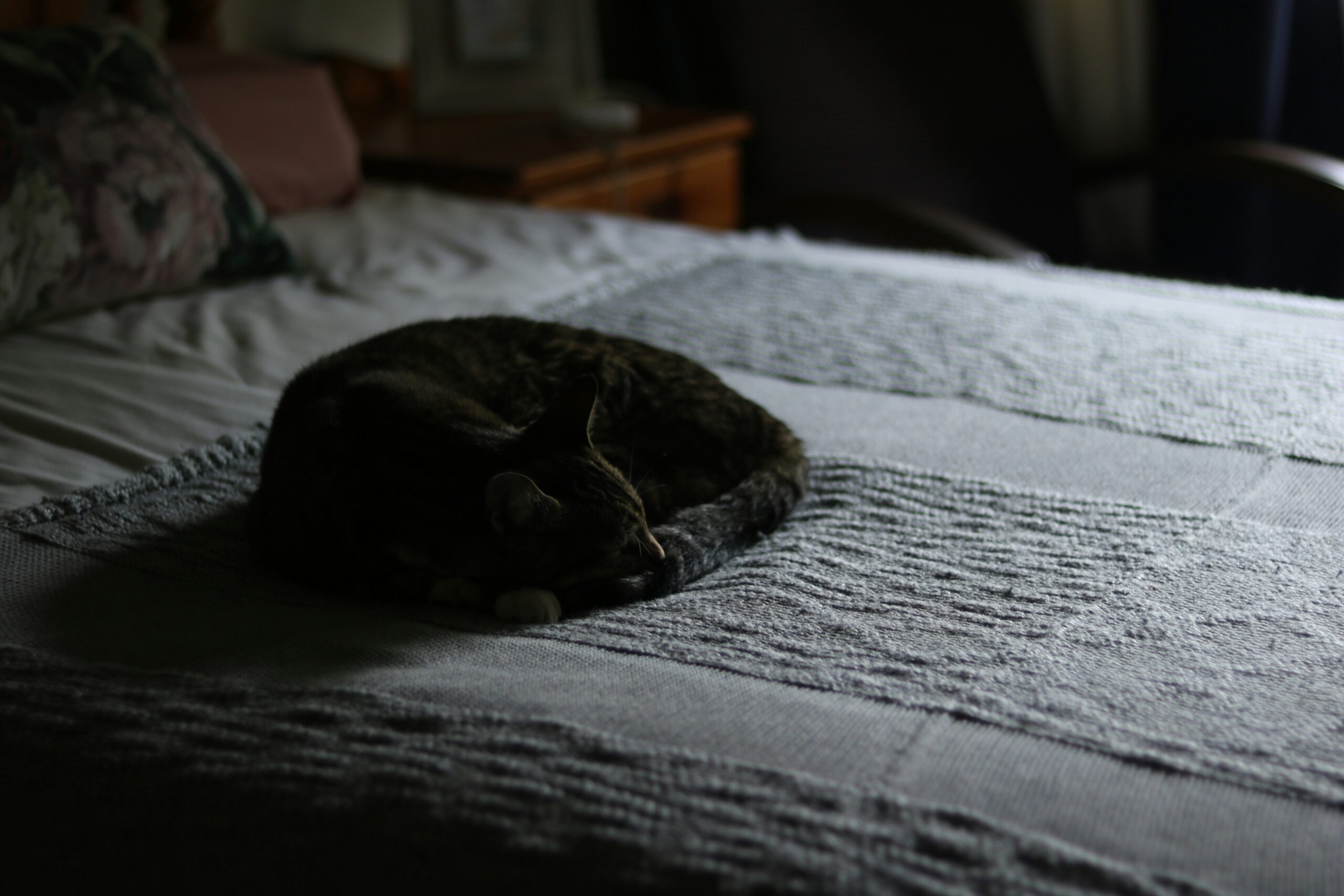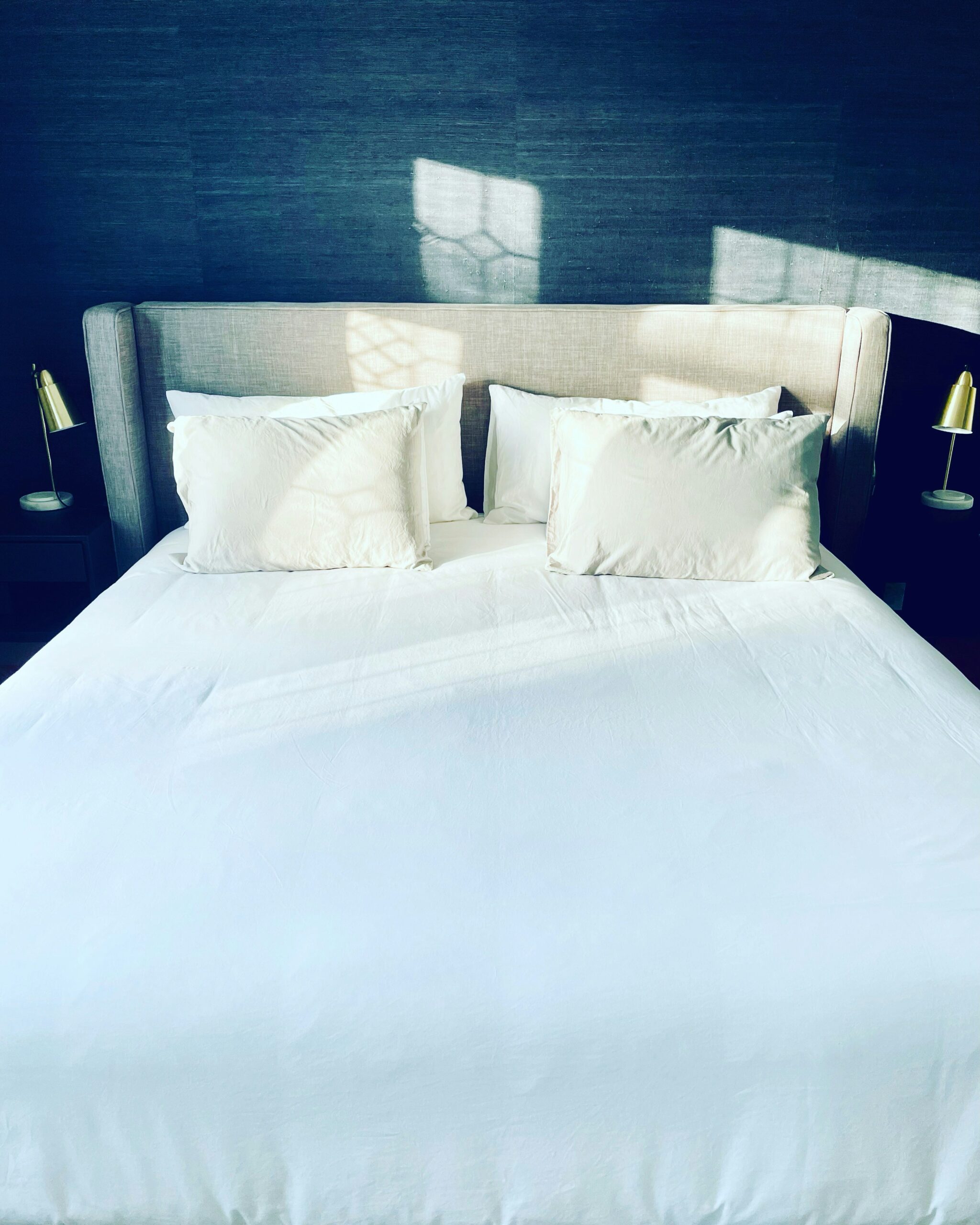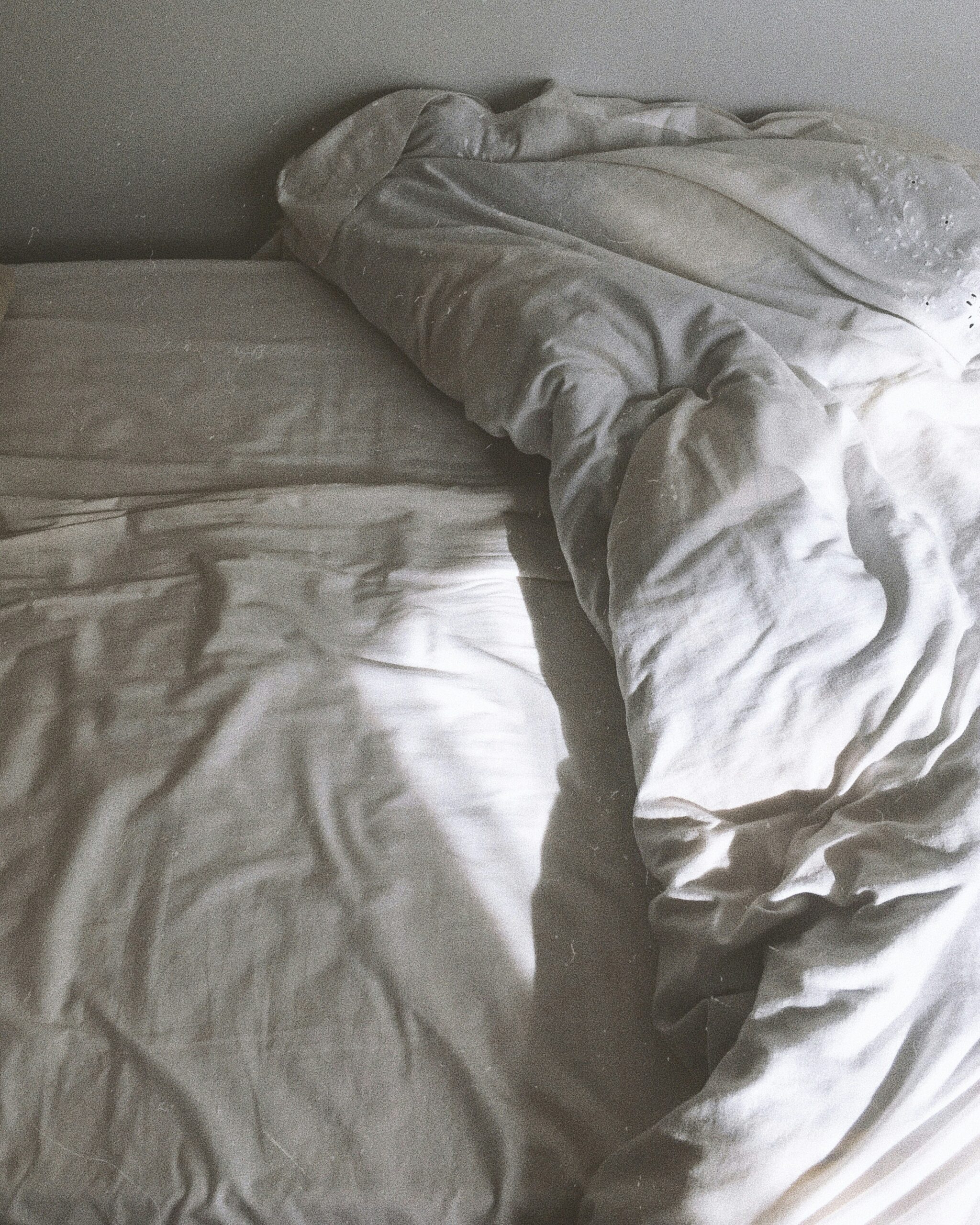Are you curious whether Murphy beds come in a horizontal wall design and how that option might fit your space and lifestyle?
Are There Any Murphy Beds Available With A Horizontal Wall Design?
You can find Murphy beds that fold horizontally (also called sideways or wall-mounted horizontal Murphy beds), and these options are becoming more common as designers and manufacturers respond to diverse room layouts. This article explains what horizontal Murphy beds are, how they differ from the traditional vertical style, what to expect in terms of installation and functionality, and how to choose the right model for your needs.
What is a horizontal Murphy bed?
A horizontal Murphy bed is a bed that folds into a cabinet or against a wall with its head-to-foot length running parallel to the floor’s long axis—so it stores horizontally rather than vertically. This design keeps the bed profile lower when folded and often integrates with cabinetry to look more like a credenza, bookcase, or media console.
Why you might consider a horizontal design
You may prefer a horizontal Murphy bed if your room has a low ceiling, unusual window placement, or you want the folded bed to align with existing furniture lines. Horizontal models can be easier to work around in narrow spaces where vertical clearance is limited.
Horizontal vs. Vertical Murphy Beds: Key Differences
You should understand the main distinctions so you can choose the best fit for your room and routines.
| Feature | Horizontal Murphy Bed | Vertical Murphy Bed |
|---|---|---|
| Orientation when folded | Bed runs left-to-right along the wall | Bed runs head-to-foot toward the wall |
| Ideal room types | Low ceilings, long narrow rooms, rooms with windows/doors positioned low | High ceilings, rooms with unobstructed vertical wall space |
| Cabinet height (folded) | Generally lower — similar to a large cabinet | Taller — can reach ceiling height |
| Ease of entry/exit | Often easier to step into from the side | Typical entry at head or foot, like a standard bed |
| Visual integration | Blends into media or storage walls horizontally | Blends into tall storage or wardrobes |
| Mattress orientation options | Twin to queen typically; restricted by width | Wider options up to king in many cases |
You’ll notice that the functional trade-offs depend on the layout constraints of your room and how you prefer to use the bed daily.

How horizontal Murphy beds work: mechanisms and hardware
You’ll find that horizontal Murphy beds use mechanisms similar to vertical types but adapted to sideways motion.
Springs and pistons
Most models use torsion springs or pneumatic pistons to counterbalance the weight of the mattress and frame, so you can lower and raise the bed smoothly. Springs are common in older or basic models; pistons provide smoother, quieter operation and often require less maintenance.
Locking and safety mechanisms
You should look for positive locks that secure the bed in the folded position and safety latches or slow-closing features to prevent accidental drops. Some models include soft-close dampers that stop sudden motion when lowering the bed.
Frame and support
Horizontal Murphy beds include a sturdy frame that supports the mattress when in use. Leg supports typically fold out automatically or manually for stability. You should check that legs and frame components are rated for the mattress size and weight you intend to use.
Mattress compatibility and comfort
You’ll want to choose a mattress that fits the bed mechanism and provides the comfort you need.
Mattress thickness
Horizontal Murphy bed cabinets often accommodate mattresses from 6 to 12 inches thick. If you prefer extra plushness, confirm the cabinet depth and mechanism weight limits before purchasing. Too thick a mattress may prevent the bed from folding into the cabinet properly.
Mattress types
You can use innerspring, memory foam, hybrid, or latex mattresses with most horizontal Murphy beds. Foam and hybrid mattresses are common because they compress less awkwardly and add less weight. If you prefer an innerspring mattress, check that the bed’s hinge points and support slats accommodate it.
Sleep position and support
Because the bed folds sideways, your entry and exit patterns may change—some people get in from the side rather than the foot. You should ensure the mattress and frame support provide even firmness and minimal motion transfer, especially if two people will share the bed.

Sizes and space planning
Understanding dimensions helps you plan your room so the bed functions well both folded and open.
Common mattress sizes and their folded footprint
Most horizontal Murphy beds are available in twin, full, and queen sizes. King-size horizontal models are less common due to width and cabinet constraints.
| Mattress Size | Typical Bed Width (closed) | Typical Depth (bed out) |
|---|---|---|
| Twin | 40–45 in (102–114 cm) | 75–80 in (190–203 cm) |
| Full/Double | 56–60 in (142–152 cm) | 75–80 in (190–203 cm) |
| Queen | 62–66 in (157–168 cm) | 80–85 in (203–216 cm) |
You should measure your room for both the folded cabinet footprint and the open bed footprint to ensure clearance from walls, windows, furniture, and doors.
Clearance needs
Allow at least 2–3 feet (60–90 cm) of clearance at the side where you’ll enter the bed. If the bed is placed opposite a sofa or table, ensure sufficient space to move around the room when the bed is open. Also check ceiling height for light fixtures if the bed is positioned near pendant lighting.
Installation considerations
You’ll need to decide whether to DIY or hire professionals, and to prepare the space properly.
Mounting and wall structure
Horizontal Murphy beds must be anchored to studs or a structural wall. You should verify wall type (drywall with studs, masonry, or concrete) and ensure anchors and mounting hardware are rated accordingly. For non-structural walls, consider a mounting frame or consult a professional.
Electrical and lighting
If your bed integrates lighting, power outlets, or electronics, plan for wiring in advance. Some models include LED lights, power outlets, or USB ports built into the cabinet. You’ll want an electrician to handle any permanent wiring to meet code and safety standards.
Flooring and base
The floor must be level to ensure stability when the bed is open. For hardwood or delicate flooring, use protective pads under legs to prevent scratches. If you install the bed on carpeting, check that the legs will operate correctly and that the bed is adequately supported.
Professional installation benefits
You’ll gain assurance from a professional install: correct anchoring, alignment of mechanisms, and warranty compliance. Many manufacturers require professional installation for warranty validity, so read warranty terms before installing yourself.

Design and aesthetics
You can integrate a horizontal Murphy bed into many decor styles and use it as a multifunctional wall element.
Cabinet styles
Horizontal Murphy beds often come with cabinet facades that resemble credenzas, desks, bookcases, or entertainment centers. You can choose finishes—paint, veneer, laminate, or solid wood—to match your décor.
Built-in vs. freestanding
You should weigh the benefits of built-in units, which can be custom-fit and seamless, against freestanding units that are more affordable and easier to move. Built-in horizontal Murphy beds can incorporate shelving, desks, and storage above or beside the cabinet for a cohesive look.
Multi-function options
Some horizontal designs include a convertible desk that sits on top when the bed is folded down, or shelving and drawers integrated into the cabinet. These features increase practicality in smaller rooms where you need every square foot to serve multiple purposes.
Pros and cons of horizontal Murphy beds
Thinking through advantages and trade-offs will help you decide if a horizontal Murphy bed is right for you.
Pros
- Better fit in rooms with low ceilings or low windows
- Sleeker, lower profile when folded — can look like a cabinet or media console
- Can be easier to readjust since you step into the bed from the side
- Often integrates well with horizontal room layouts (e.g., long rooms)
Cons
- Limited availability for larger mattress sizes (king options are rare)
- May be more expensive due to custom cabinetry and specialized mechanisms
- Could require more wall width than a vertical model
- Some users may find side entry awkward if accustomed to foot or head entry
You should weigh these factors against your room’s dimensions and how often you’ll use the bed.

Popular brands and models (comparison table)
Below is a summary of brands that offer horizontal Murphy beds or related sideways fold solutions. Availability may vary by region; always confirm current offerings before purchasing.
| Brand | Model/Line | Mattress Sizes | Mechanism Type | Notable Features | Price Range (USD) |
|---|---|---|---|---|---|
| Resource Furniture | Horizontal models (custom) | Twin, Full, Queen | Gas pistons | High-end finishes, custom integration | $6,000–$15,000+ |
| Clei | Transforming systems (horizontal) | Twin, Double, Queen | Spring/piston | Built-in desks, shelving, Italian design | $3,000–$10,000 |
| Wallbeds.com | Custom horizontal builds | Twin, Full, Queen | Springs/pistons | Custom cabinetry, North American builds | $2,000–$8,000 |
| Murphy Bed Depot | Horizontal options (limited) | Twin, Full | Springs | Budget-friendly kits | $800–$3,000 |
| Local cabinetry shops | Custom horizontal units | Any | Varies | Fully custom sizes, finishes | $2,000–$12,000 |
You’ll want to get quotes and verify delivery and installation services before committing. Custom units often involve longer lead times but better fit and finish.
Cost breakdown: what affects price
Knowing what drives cost will help you set a budget and prioritize features.
Cabinetry materials and finishes
Solid wood and premium veneers cost more than laminates and MDF. Hardware quality and cabinetry craftsmanship also significantly affect price.
Mechanism quality
Higher-quality gas pistons and slower-close mechanisms add cost but improve user experience and longevity.
Custom sizing and integration
Custom widths, built-in shelving, or matching room millwork increase labor and materials costs. Built-ins are more expensive than freestanding units.
Mattress and accessories
A quality mattress, bedding, headboard, and additional lighting or electrical features add to the total expense. Factor mattress size and thickness compatibility into your mattress budget.
Installation
Professional installation and possible wall reinforcement or electrical work add to the final invoice. Shipping and assembly fees may also apply.

Selecting the right horizontal Murphy bed for your needs
Use this checklist to narrow options and avoid surprises.
- Measure the room precisely: folded cabinet width, depth, and the open bed footprint.
- Confirm wall construction and stud locations for mounting.
- Decide mattress size and type; verify thickness compatibility.
- Consider integrated features: shelving, desk, lighting.
- Set a budget range including installation and mattress cost.
- Read warranty terms for mechanism and cabinetry.
- Ask about delivery, lead time, and return policy.
You’ll save time and frustration by addressing these points before committing to a purchase.
Custom vs. pre-built horizontal Murphy beds
You’ll find pros and cons to both approaches depending on your priorities.
Pre-built units
Pros: Lower cost, quicker delivery, easier to return or exchange. Cons: Limited sizes and finishes; may not perfectly match room dimensions.
Custom builds
Pros: Tailored fit, seamless integration, personalized finishes. Cons: Higher cost and longer lead times; you’ll need to work with a reputable maker.
If your room has unusual dimensions or you want built-in cabinetry continuity, custom is often worth the investment.
Maintenance and care
Maintaining your horizontal Murphy bed will ensure longevity and safe operation.
- Inspect mechanisms periodically for wear, lubricate moving parts per manufacturer instructions, and tighten bolts.
- Keep the cabinet clean and avoid placing heavy objects on the folded bed cabinet that could overload the mechanism.
- Rotate the mattress (if recommended) and follow mattress care instructions to extend lifespan.
- Address any squeaks or loose hardware promptly—these are often simple fixes but prevent larger failures.
You should follow the manufacturer’s maintenance schedule and contact them for any unusual sounds or movement.
Safety tips and common issues
Safety is critical when using a foldaway bed; consider these points.
Weight limits
Always respect the mattress and occupant weight limits specified by the manufacturer. Exceeding limits can cause mechanism failure.
Proper locking
Ensure the bed locks securely when folded to prevent unexpected opening. Test the lock regularly.
Child safety
Keep children away during lowering and raising operations. Some models include child-safe features; ask about them if you have little ones.
Noise and wear
If the bed becomes noisy or hard to operate, stop using it and inspect the mechanism—continued use can worsen damage.
You should never modify critical safety hardware without consulting the manufacturer, as changes can void warranties and create hazards.
Styling ideas and room placement
You can make a horizontal Murphy bed feel intentional and integrated with these styling suggestions.
Media wall look
Use the folded bed as a media console by placing a TV and soundbar above or on the cabinet. Add open shelving on either side for books and decor to complete the wall.
Guest room / office combo
Place the bed above a desk that remains usable when the bed is open (design must account for folded clearance), or use a movable desk that stores when guests arrive.
Entry-level multifunction
For studio apartments, position the horizontal bed opposite the kitchenette to create a zone that feels like a living area when the bed is stored.
You should plan for the bed to function as both furniture and storage in small spaces to maximize utility.
Alternatives to horizontal Murphy beds
If a horizontal Murphy bed isn’t the right fit, these alternatives may work for your space.
- Vertical Murphy bed: Saves wall width, uses vertical wall space.
- Sofa-to-bed (futons or convertible sofas): Doubles as seating but offers less mattress comfort.
- Daybed or trundle: Good for occasional guests, but takes up constant floor space.
- Loft bed: Frees floor area for a desk or seating underneath, but requires high ceilings.
- Fold-down or wall-mounted sofa bed: A compromise that maintains sofa function.
You should compare the pros and cons relative to your lifestyle—how often the bed is used, who will sleep on it, and how much daily convenience matters.
Frequently asked questions (FAQs)
You likely have practical questions; here are common ones and concise answers.
Can I use a mattress of any thickness in a horizontal Murphy bed?
Not any thickness—manufacturers typically recommend specific thickness ranges (often 6–12 inches). Thicker mattresses may prevent the bed from folding properly or overload the mechanism.
Do horizontal Murphy beds require floor support?
Yes. While the bed is anchored to the wall, legs or support feet bear weight when the bed is open. The floor must be level and structurally sound.
Can two people sleep comfortably on a horizontal full or queen?
Yes, many couples use full or queen horizontal Murphy beds comfortably, but check mattress quality and bed support for your weight combination.
Are horizontal Murphy beds harder to install than vertical ones?
Installation complexity is similar: both require solid wall anchoring and precise leveling. Horizontal models may require more cabinet width and possibly additional structural reinforcement.
How long does a horizontal Murphy bed last?
With quality materials and proper maintenance, a Murphy bed can last many years—often 10–20 years or more. Mechanism lifespan depends on usage and hardware quality.
Final considerations before you buy
You should think long-term about how often the bed will be used, the people sleeping on it, and the room’s multi-functionality. Measure carefully, verify mechanism quality, and plan for professional installation if you’re not certain about wall structure or electrical needs. Confirm the warranty covers mechanical parts and structural defects, and ask about service options.
Quick pre-purchase checklist
- Accurate room measurements (both folded and open)
- Wall type and stud locations confirmed
- Desired mattress size and thickness verified
- Budget inclusive of mattress, delivery, and installation
- Warranty and service terms reviewed
- Mechanism type (springs vs pistons) chosen based on preference
You’ll reduce surprises and be happier with the final setup if you follow this checklist.
Conclusion
If you’re considering a Murphy bed for a room with layout constraints such as low ceilings or low windows, a horizontal wall design can be an elegant and practical solution. You’ll find options from budget kits to high-end custom cabinetry, with mechanisms that make daily use smooth and secure. By taking careful measurements, choosing compatible mattresses, and prioritizing reputable manufacturers or custom shops, you can add comfortable, space-saving sleeping accommodation that also enhances your room’s functionality and aesthetics.
If you want, you can tell me your room dimensions and preferences (mattress size, frequency of use, style), and I’ll help you narrow down suitable horizontal Murphy bed options and plan placement.


